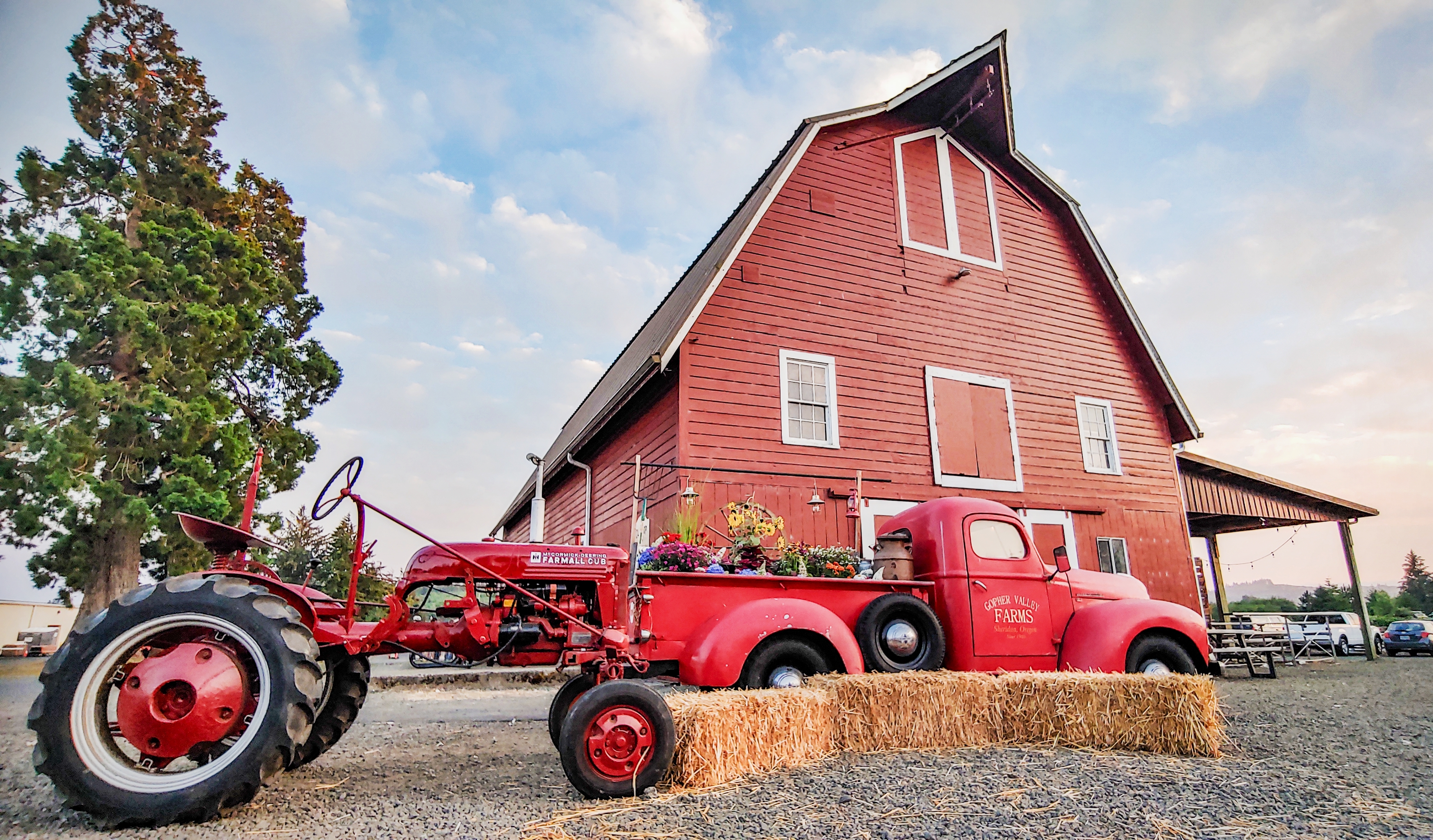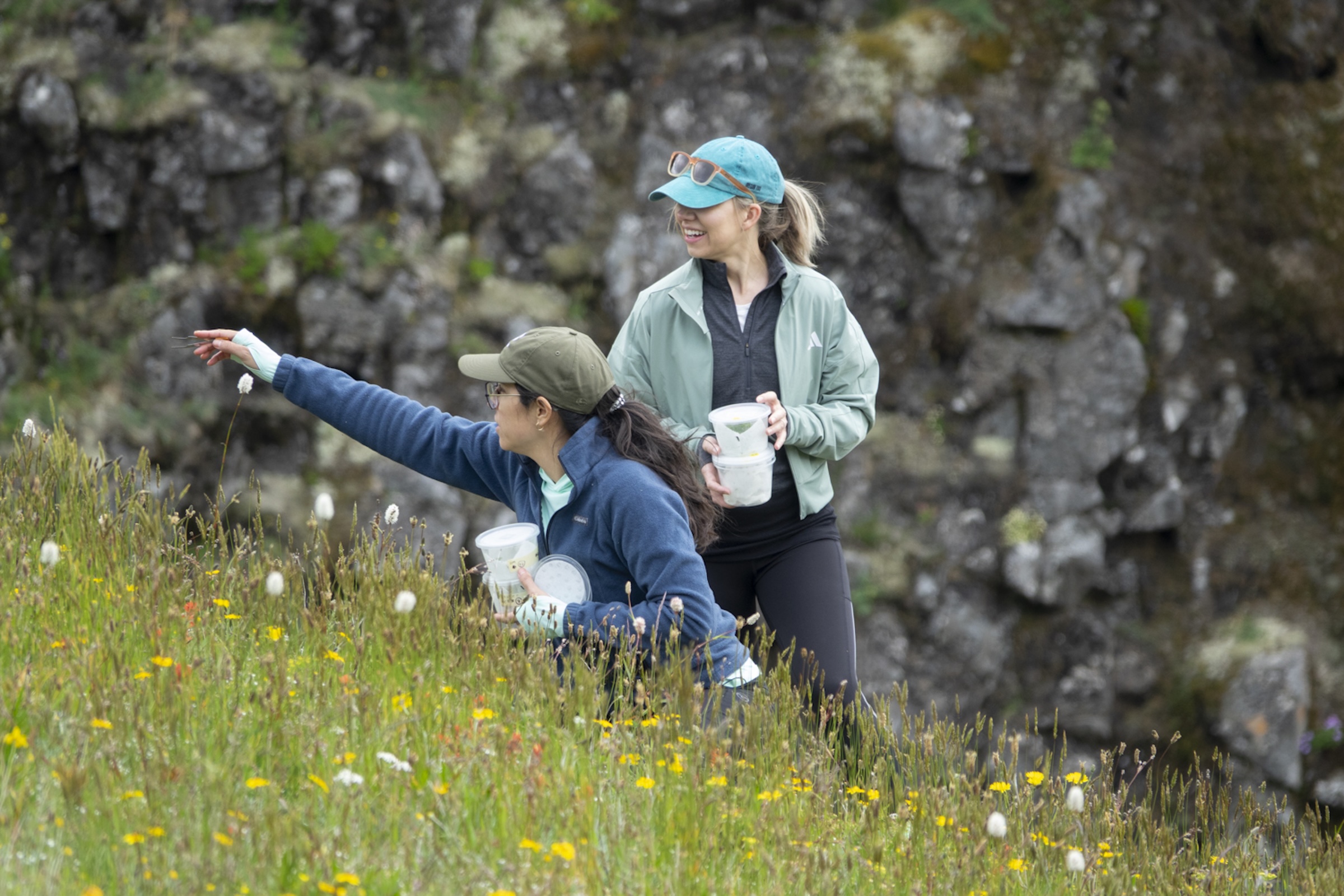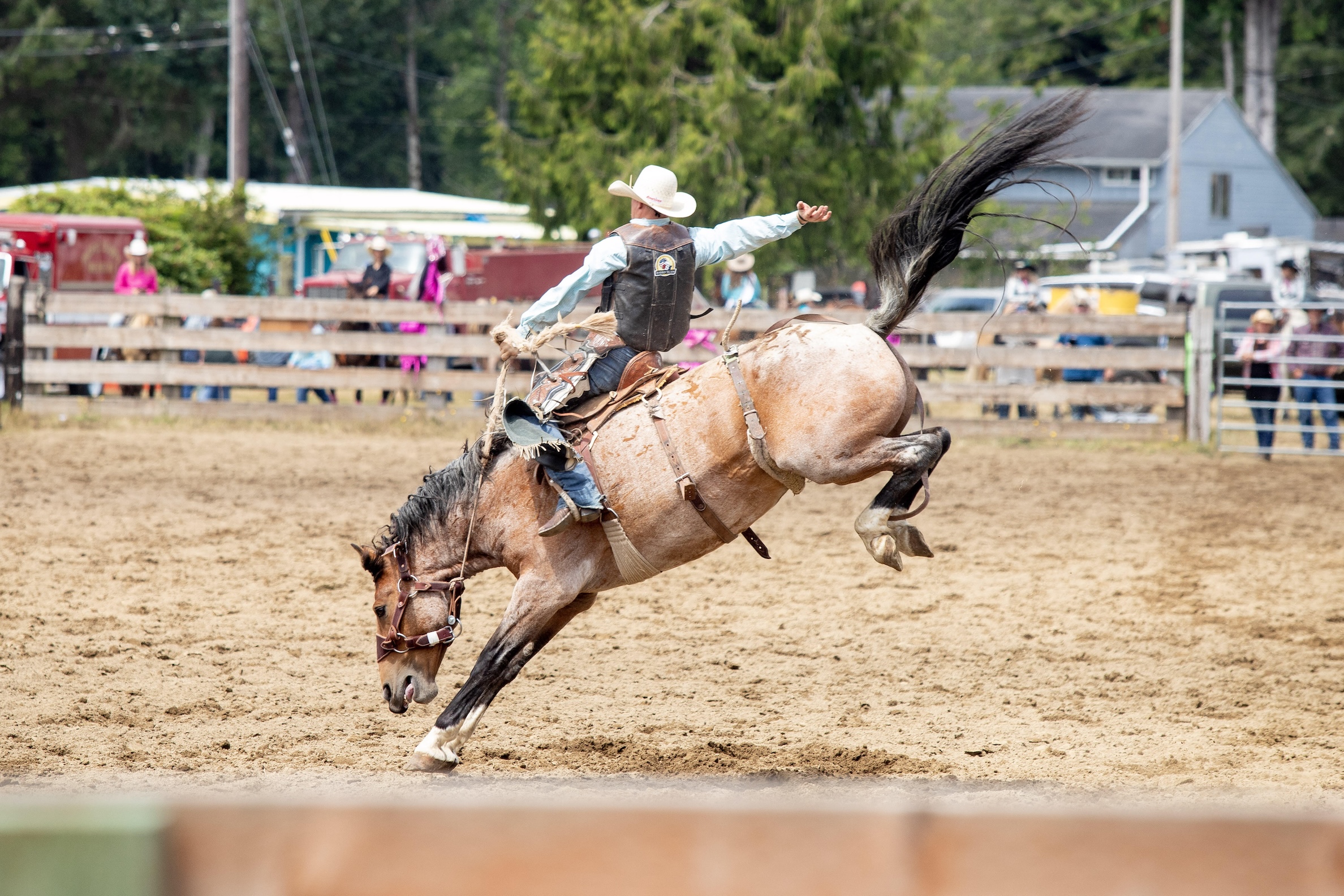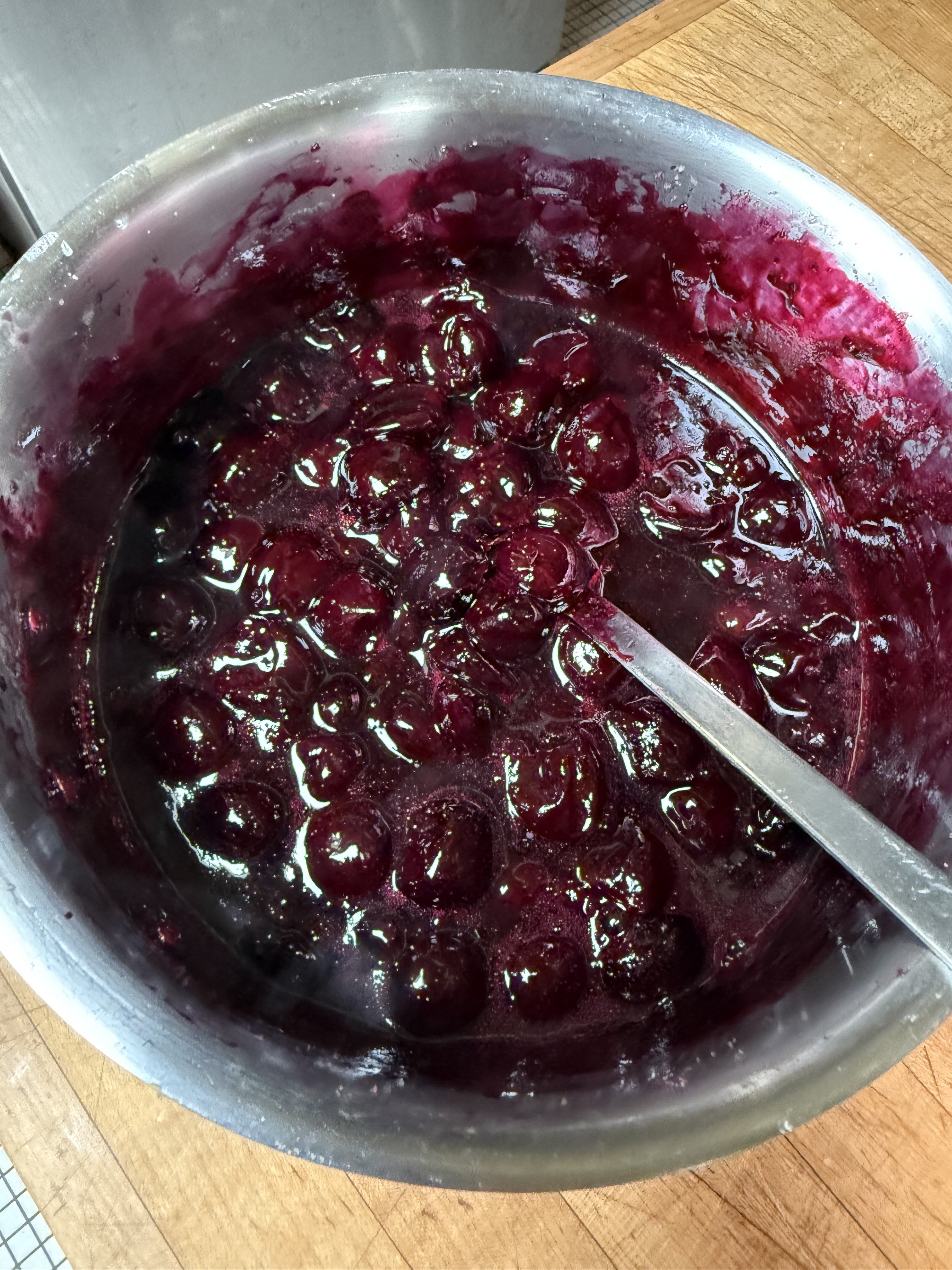An Astoria exhibit hails to the ‘queen of dyes’
Published 9:00 am Thursday, November 21, 2024

- Madder-dyed handspun wool by Swedish artist Sofia Stawåsen Brokvist.
Powerful and alluring reds — created using dyes derived from madder roots — are on display at the Astoria Visual Arts gallery this month, telling the story of a color that has traversed geographies and cultures for generations.
Trending
“These dyes have been our companions throughout human history,” said Iris Sullivan Daire, an Astoria artist who curated the exhibit, titled “Madder Reds: Nurturing Interconnection.”
The exhibit, which opened Nov. 9 and runs through Dec. 8, features the madder-dyed creations of 13 artists. Some are from Gearhart, Knappa and Astoria, while others live and work in Sweden and Basque Country, Spain.
The show is part of a series by Sullivan Daire designed to highlight the primary plant-based dyes used in natural color creation. Her first show, “Indigo Matrix,” was held in Fall 2022, and she plans to feature yellow hues — created from flavonoids — in the future.
Trending
“These colors, which have traveled with humans for thousands of years, are like teacher plants in many, many ways,” Sullivan Daire said. “You definitely feel that antiquity when you’re working with them.”
She’s been making her own colors for decades, and the practice “so perfectly aligns my interest in plants and my interest in chemistry,” she said. “We could center in ourselves and receive guidance from the natural world, and the natural world has the capacity to model a lot of really great things that can make us more fully human.”
Along with producing natural dyes, Sullivan Daire has an affinity for fiber arts. She learned to weave as a child, and as a biology student at the University of Oregon, she was offered a work-study opportunity in the weaving department because of her skills.
“I realized, at the end of my junior year, that I just needed to defect to the art department,” she said.
That led to a bachelor of fine arts in weaving and natural dyes and later to teaching fiber arts at Clatsop Community College. Now, Sullivan Daire works on arts education with three nonprofits.
Madder: A living history
The red colors in the “Madder Reds” exhibition come primarily from three related plants: Rubia tinctorum, known as rose madder or dyer’s madder; Rubia cordifolia, known as Indian madder; and Galium mollugo, hedge bedstraw.
“There’s kind of a sisterhood of plants that provide these true reds, and they’re the reds of the vegetable world,” Sullivan Daire said, adding the natural pigments are derivatives of anthraquinone. “It’s super ancient. In many languages, their word for ‘red’ is the same as their word for ‘madder.’”
The show features one cohesive installation, but it can also be perceived in distinct sections. For example, there’s a forest — with a quilt depicting a cabin in the woods, wool-covered mushrooms, and tendrils reminiscent of hanging lichen — and Sullivan Daire’s Temple of the Oracle, a pedestal of dyed wood enshrined in a circle of gently dancing wool cloth, with pink paint coating the walls beside it.
The three shades in her temple came from the same root, which Sullivan Daire processed and reprocessed, twice over. It’s indicative of the root’s generosity when it comes to color.
“Once you’ve dyed with it, you’ve only gotten out some of the dye,” she explains. “You can reprocess the roots and get other colors, and then you can reprocess the roots again.”
And the roots don’t contain just one dye, she added. “They have three dozen dyes in them.”
Depending on what color an artist wants, it requires different responsiveness to the plant, or a different variable — a specific temperature, a certain pH range, the use of mordants, or whether the roots are fermented, for example.
“The dye chemistry is very complex,” Sullivan Daire said.
A natural collaboration
Often hailed as the “queen of dyes” for its true red hue, madder’s many colors emerge only through specific conditions and partnerships.
“Not all dyes are as diverse in that way,” Sullivan Daire said. “She needs what she needs, especially when it comes to temperature and pH. You’ve got to do it, or you won’t get the color you want.”
Similarly, she said, humans thrive when they embrace their differences and work toward a shared vision.
In weaving together living colors made from madder root, the exhibit honors the interdependence and diversity that support collective well-being.
“I’d define an installation as cultivating a space, creating a space, that evokes feelings,” Sullivan Daire said. “The objects are in relationship to each other in a harmonious way.”
In addition to Sullivan Daire’s work, “Madder Reds” includes pieces from a dozen other artists: Sofia Stawåsen Brokvist, of Sweden; Marian Martínez González, of Spain; Shanna G. Robinson, of Michigan; Hannah Regier, of Vermont; Kristin Field, of Illinois; Madeline MeGarrity, of Rhode Island; Jasmine Lace Petrie, of Michigan; and Oregon artists Constance Waisanen, of Knappa; Isaac Yoder, of Portland; Brittany Boles, of Gearhart; Kyla Sjogren, of Manzanita; and Emma Geddes, of Astoria.
The installation also displays two tapestries covered with the handprints of children — one created during Astoria Visual Arts’ art camp for kids and the other at the weekly art club Sullivan Daire leads through Arts, Wellness, and Ecology, Astoria.
They are evocative of Neolithic rock art, which was composed mostly of children’s and women’s hands, Sullivan Daire said. She finds it important to include children’s voices in her art installations.
“It’s artificial to think of art as an adult thing — it’s a human thing,” she said.
“Madder Reds” can be viewed at the Astoria Visual Arts gallery, located on Duane Street. It is open from 11 a.m. to 3 p.m. Fridays, Saturdays and Sundays or by appointment.
Astoria Visual Arts, 1000 Duane St., Astoria
On display Nov. 9 through Dec. 8
An exhibit curated by Astoria artist Iris Sullivan Daire, featuring the work of 13 international artists
www.astoriavisualarts.org









